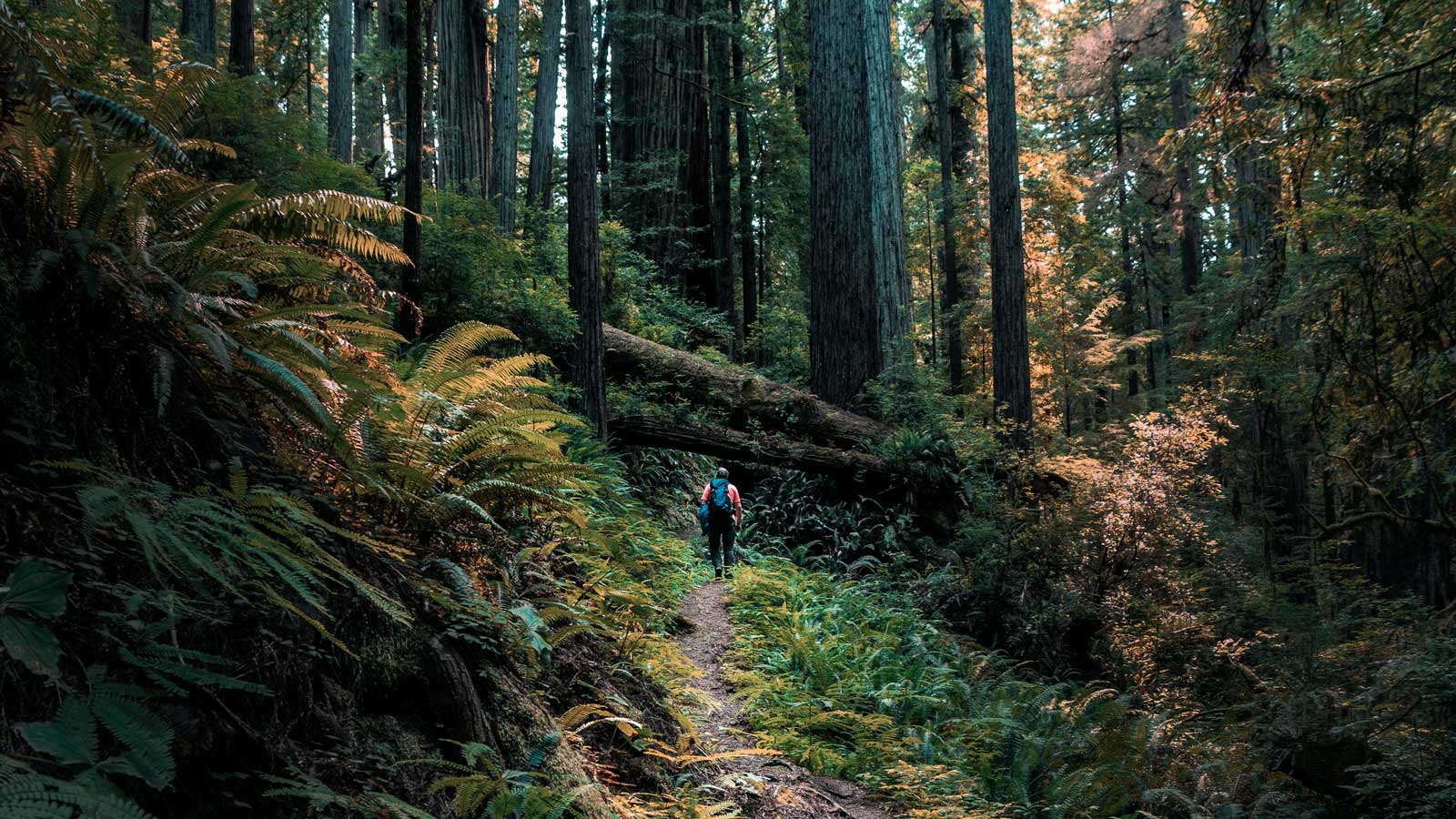Among the most consequential effects of a warming globe is the disruption or even destruction of habitats for plants and animals, from the blue whales and giant sequoias to the tiniest of bacteria. Some species are mobile and flexible enough that they can move or adapt on their own — by, say, moving uphill or toward the poles. Others, like sequoias, are not so lucky; woven into their current locations by multiple factors, they lack the capacity to change as quickly as the climate and ecosystem around them. These species may need a little help from humans. But will that help work?
People have a long history of moving plants and animals to places where we hope they’ll survive. Cows, sheep, wheat, tulips, and much more have been cultivated with care — to provide food, materials for shelter and clothing, and intangibles such as beauty. We’ve also moved them by accident, as with weeds, rats, and other creatures we’d rather do without and struggle to remove.
Now, under the pressure of climate change, people are experimenting with “assisted migration,” or relocating species to help them survive in a rapidly changing environment. That’s the complex and controversial subject of the articles below.
“Climate change destroys habitats. Relocation of the animals is tricky.” Alex Brown, Washington Post, 2023. A good overview and starting point.
From Zach St. George, Yale Environment 360, these two fascinating pieces: “Last resort: moving endangered species in order to save them” (examples from Guam and a proposal for more permissive rules for the U.S. Fish and Wildlife Service) and “As climate warms, a rearrangement of world’s plant life looms” (the paleoclimate context for changes we can expect now).
From Moises Velasquez-Manoff, New York Times, a second pair of interesting articles: “Can we save the redwoods by helping them move?” (focus on redwoods and sequoias — and individual actors rather than agencies) and “Can humans help trees outrun climate change?”.
From Nathan Gilles, a third pair of articles that overlap and complement each other about experiments and efforts to move tree species: “As tree species face decline, ‘assisted migration’ gains popularity in Pacific Northwest” (AP News) and “The Forest Service is experimenting with relocating tree species to save them from climate change” (Columbia Insight; including a 25-minute audio version).
In the pieces above, you will notice the concern with what (and where) counts as a “native” species. Consider this provocative piece by Sonia Shah (Yale Environment 360): “Native species or invasive? The distinction blurs as the world warms.”
A related problem is how to help migratory species cope with climate change. Those species need help with habitat and route protection, protection from human destruction such as hunting and bycatch. And they’re dealing with climate-altered habitats and the shifting timing of key biological events. These four articles dip into this problem:
- A new study throws a harsh light on the magnitude of this issue: “From turtles to fruit bats, migratory species increasingly under threat, says UN.” Patrick Greenfield, The Guardian.
- This well-done piece illuminates one dismaying but not intractable factor in the troubles faced by migrating animals: “Unnatural barriers: how the boom in fences is harming wildlife.” Jim Robbins, Yale Environment 360.
- “For some birds, a ‘taxi’ helps recalibrate out-of-sync migrations.” Warren Cornwall, Anthropocene Magazine. A charming piece that also reveals how routes and timing are not equally hard-wired, at least in some species. (For a sense of the complications that can ensue from efforts to help birds migrate, consider the non-climate-change saga of the whooping crane: here for the story; here and here for updated data.)
- And here’s a case where protecting migratory monarch butterflies means helping trees move too — that is, the trees in Mexico where the butterflies winter: “Here’s how science is trying to conserve the monarch butterfly’s forests.” Thelma Gómez Durán, translated by Sarah Engel, Mongabay.
We help millions of people understand climate change and what to do about it. Help us reach even more people like you.
Source link


